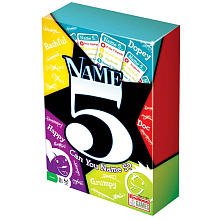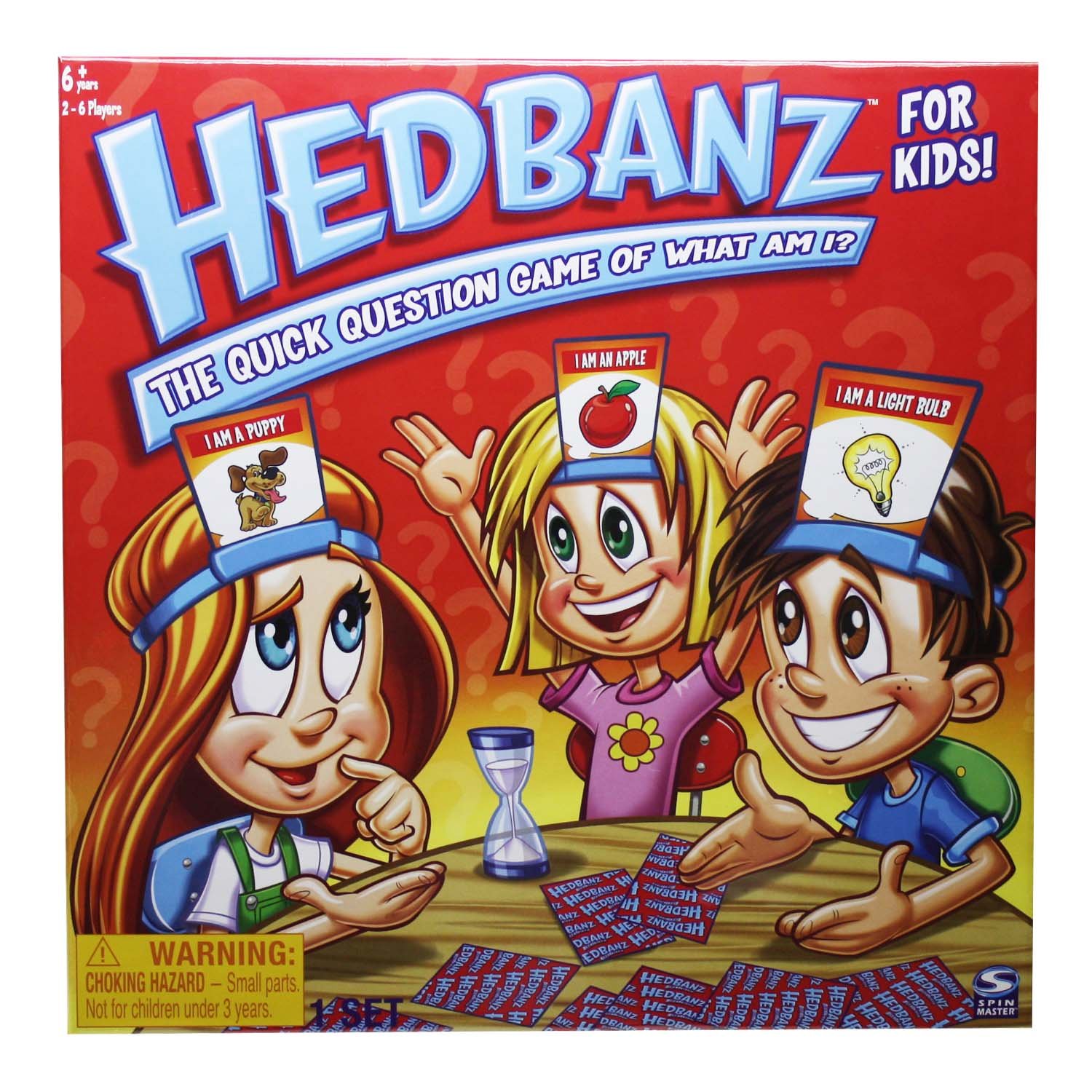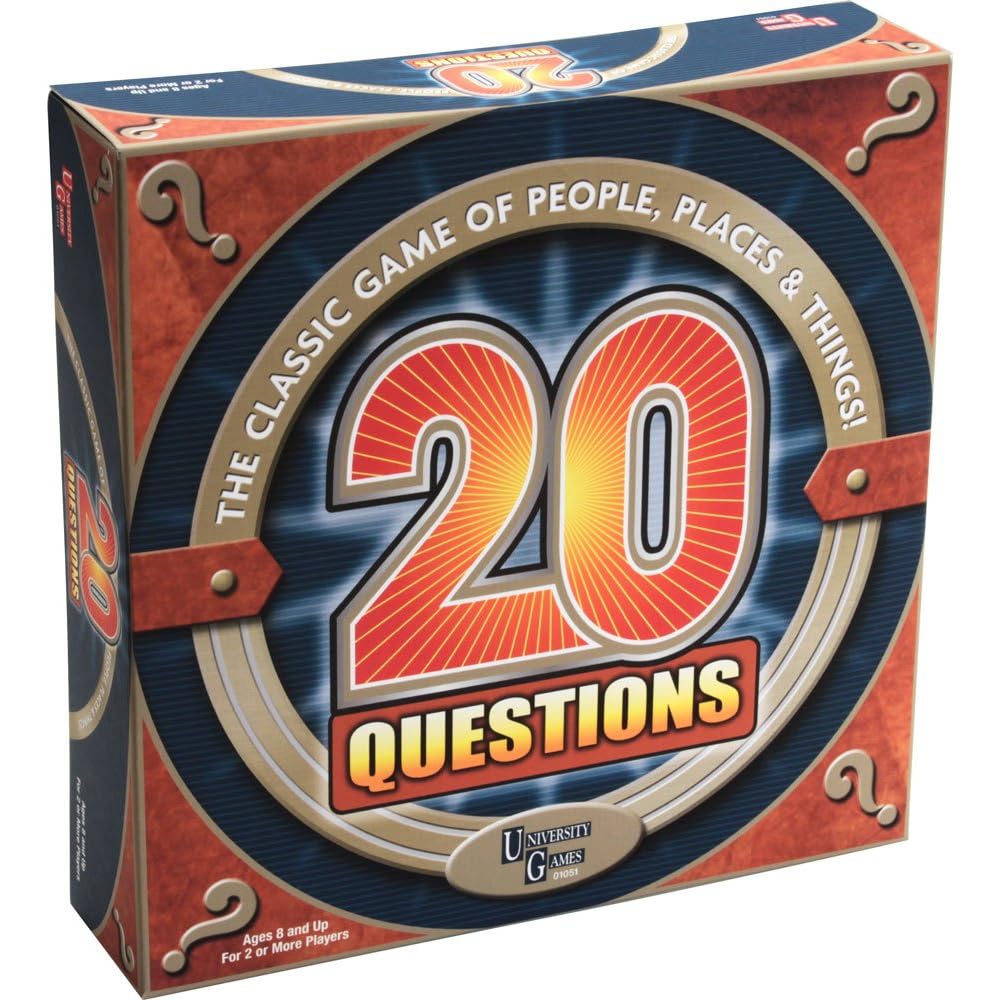Crafting with toddlers is good for so many reasons! First, it makes you feel like a good mom/speech teacher. I like it for that reason alone. Also - it's fun! But here are some other reasons why it's a good idea:
1) Making a craft is certainly better than drilling a child with flashcards or boring pictures. Sometimes that works better for older kids but isn't it best to teach language in a natural way? The child doesn't feel stressed or under pressure. You can incorporate basically any goal into a craft. Which leads me to number two.
2) Any goal can be targeted while you work on a craft. Does the child need to work on answering questions? Just ask them questions related to the craft: "What do we need to stick the eyes on?" "Where does the tail go?" Or even just ask them more abstract "wh" questions and hold off on the required material until they complete the task. Articulation works too. "Say 'book' five times, then you can have the next popsicle stick."
3) Crafts lend themselves well to teaching basic concepts such as color, size, shapes, and numbers. "What color is this feather?" "How many feathers are there?" "What shape do you want next?"
4) Theme-related crafts always add an element of fun, and it makes your therapy session easier to plan. 10 seconds on Pinterest and you can find a craft based on any holiday or any season. Then you can build around that. Make a snowman and read a book on snowmen, then sing a snowman song. Make sure you have a clear idea of how you are targeting their goal, and don't just do those things for fun.
5) These fun holidays and seasons seem to come and go so fast, it's great to take the opportunity to teach the child the related vocabulary. Valentine, Jack O Lantern, Turkey, Shamrock, (I could go on and on) are all fun words that are important for the child to learn. One reason for that is it builds their
schema, or their background knowledge that will help them in reading later. For example, next time they read a book about a turkey, they will form an idea in their mind based on what they have experienced with a turkey. It leads to better comprehension because they already have a foundation knowledge of what it is, what it looks like, what it does, etc.
6) Sitting down and doing a craft is a good way of lengthening a child's attention and gets them prepared for school, where they will be required to sit down and follow directions given by a teacher.
7) Cutting, taping, pasting, and drawing are all great ways to build those fine motor skills. Practice practice practice!
8) You can indirectly teach sequencing by structuring the craft in the right way. Use words like "First, Then, Next, and Last" to teach the child that things have to happen in a certain order.
9) Crafting is a great way to focus on following directions - a crucial skill in the classroom environment. It's easy to adapt the directions to one step or two steps, depending on the child's level. You could start by simply saying, "Get the gluestick" and then when the child is older and smarter you can say things like, "First hand me the sticker, then you write your name."
10) Take it home and talk about it! Creating something leads to a feeling of ownership and pride, which can lead to great conversation and carry-over when the child proudly presents his new creation to Mom or Dad!



.JPG)

.jpg)
.JPG)





.JPG)
.JPG)
.JPG)
.JPG)






















.jpg)

